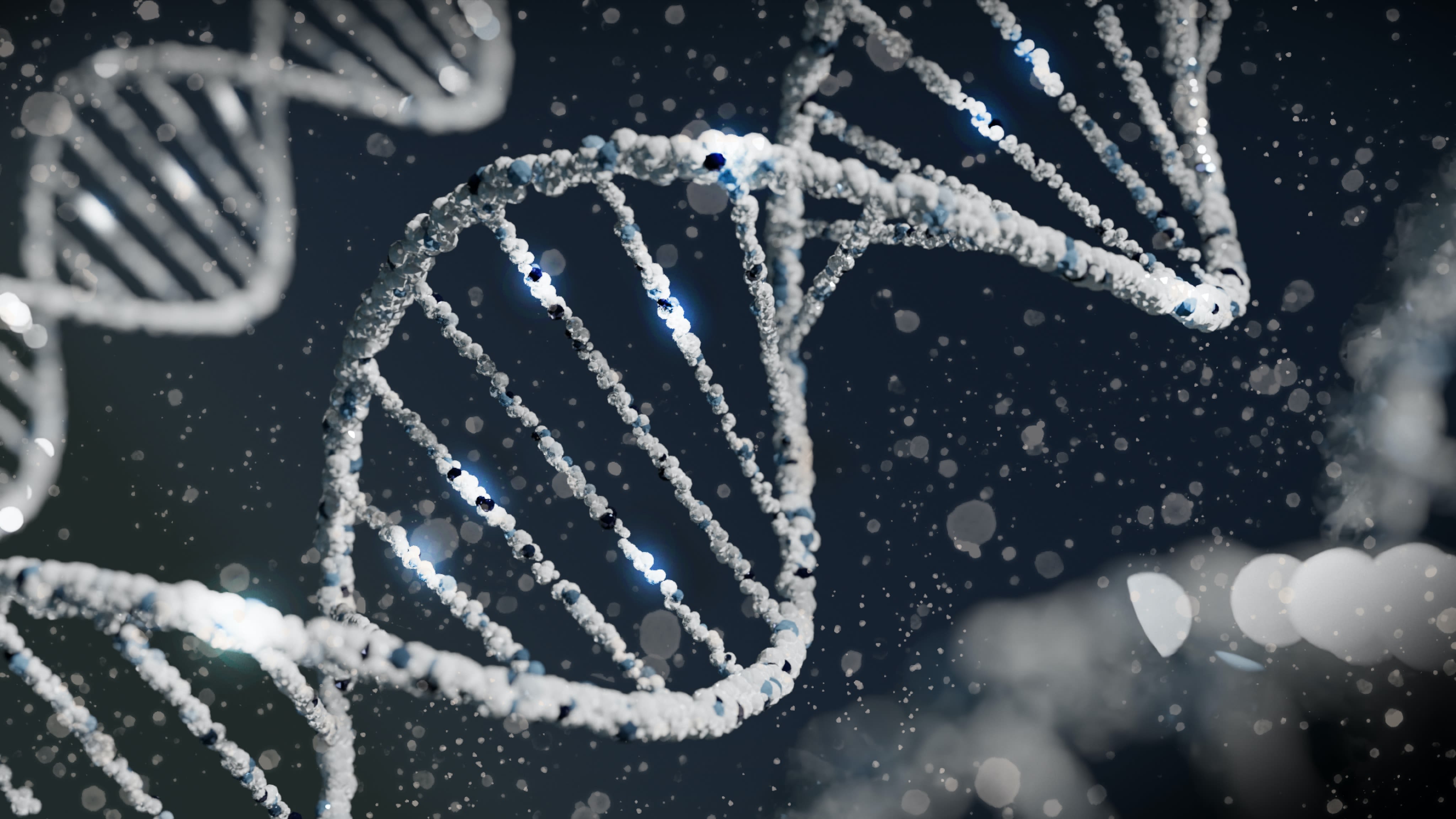Imitating immune cells – how synthetic cells could change the future of antimicrobials
Cambridge (UK) - Researchers from the University of Cambridge aim to build devices that imitate the structure and functions of biological cells in order to fight bacterial infections and potentially other diseases.

In the field of synthetic cell science, or “bottom-up synthetic biology”, researchers from the Department of Chemical Engineering and Biotechnology and the Cavendish Laboratory, at the University of Cambridge aim to build devices that imitate the structure and functions of biological cells. These “Synthetic Cells” are built completely from scratch, starting with molecular building blocks such as proteins, DNA, nanoparticles, lipids, etc.
Trapping bacteria
In this paper, the team of Dr Lorenzo Di Michele (Chemical Engineering and Biotechnology), in collaboration with the group of Prof. Pietro Cicuta (Cavendish Laboratory) attempted to construct a synthetic cellular system that imitates the action of cells of the innate immune system, called neutrophils.
Neutrophils can detect pathogens, such as bacteria, and under certain circumstances release a sticky network made from their own genetic material. The bacteria would become trapped in this material, and finally killed through the action of antimicrobial molecules present in the network. This immune response is called “netosis”.
Being able to artificially produce synthetic cells that can perform responses like netosis would prove extremely valuable for developing future treatments for bacterial infections.
Building antimicrobial synthetic cells with DNA
To build the synthetic cells, the team relied on the tools of DNA nanotechnology, which uses synthetic DNA molecules like very small “Lego bricks” to create nano-scale machines that can perform useful functions.
Di Michele and his team used the DNA nanotechnology to construct nanoparticles able to detect the presence of bacteria. Once bacteria are detected, the DNA particles come together forming a sticky network that, like in netosis, traps the bacteria.
The team has also introduced capsules made from lipids - the same material as cell membranes - which have been filled with antibiotics. The sticky network formed by the DNA particles makes these capsules leaky, causing the antibiotics to be released and disrupting the replication of trapped bacteria.
The challenge of building multitasking synthetic cells
When asked about the challenges the researchers faced, Lorenzo Di Michele answered:
“The main challenge of this research was to coordinate all of the different steps that are involved in the “netosis-like response”.
According to Di Michele, these include the detection of the bacteria, the activation of the nanoparticles, the formation of the sticky network and finally the release of the antibiotic.
It was crucial that all these steps happened sequentially for the designed response to occur, meaning that optimisation and calibration took up most of the work.
A step towards synthetic cell therapies
But how should the results be interpreted? According to the researchers, this study demonstrates how very complex functions, like the ones performed by the immune cells, can be generated by fully synthetic micro machines.
This crucial step will bring the synthetic cell community closer to its long-term aspiration: building therapeutic synthetic cells. These programmable devices could potentially be deployed to treat various diseases, not just bacterial infections, including for instance cancer.
Prospects for the future
So, what comes next for Dr Di Michele and his team?
“First, we would like to further improve the synthetic netosis system by making it able to sense a wider variety of bacteria and release different types of drugs. At that point, we would like to test the system with real bacterial infections”, Lorenzo Di Michele states.
His team is very keen on further exploring therapeutic applications of DNA nanotechnology and synthetic cells and is working on other similar systems that are capable of detecting and in the future treating diseases.
Read the full paper, published in Advanced Materials
Michal Walczak, Leonardo Mancini, Jiayi Xu, Federica Raguseo, Jurij Kotar, Pietro Cicuta, Lorenzo Di Michele. A Synthetic Signalling Network Imitating the Action of Immune Cells in Response to Bacterial Metabolism. Advanced Materials (2023). https://doi.org/10.1002/adma.202301562

